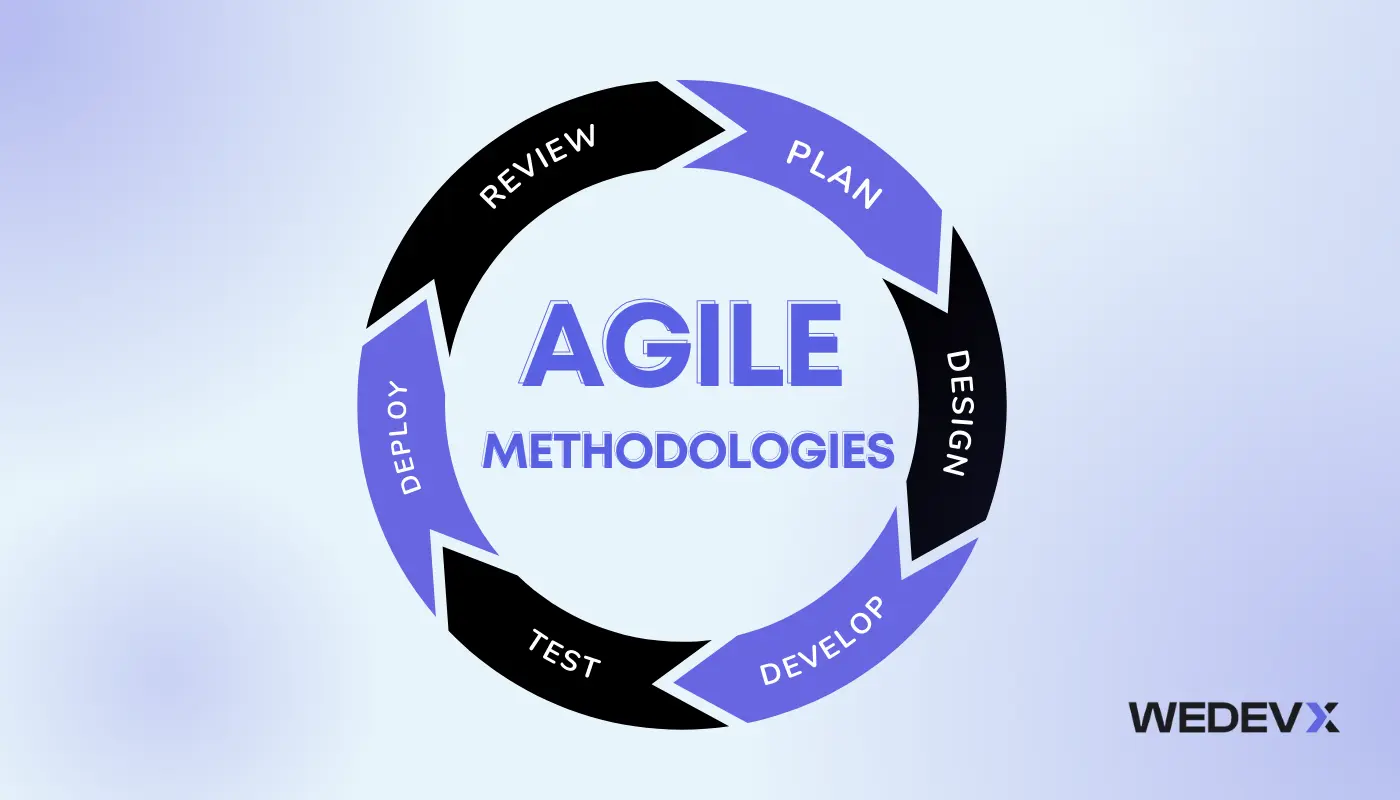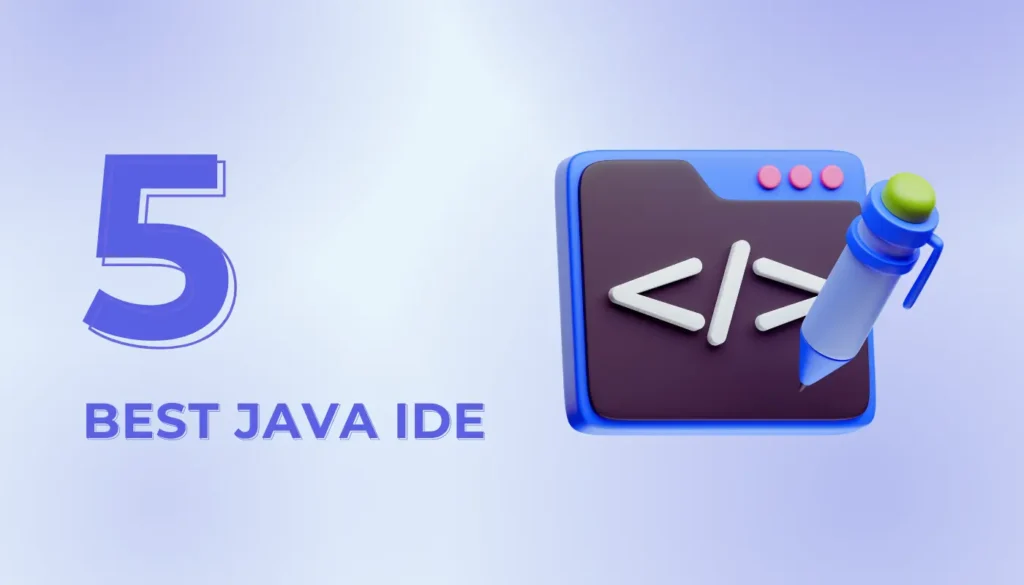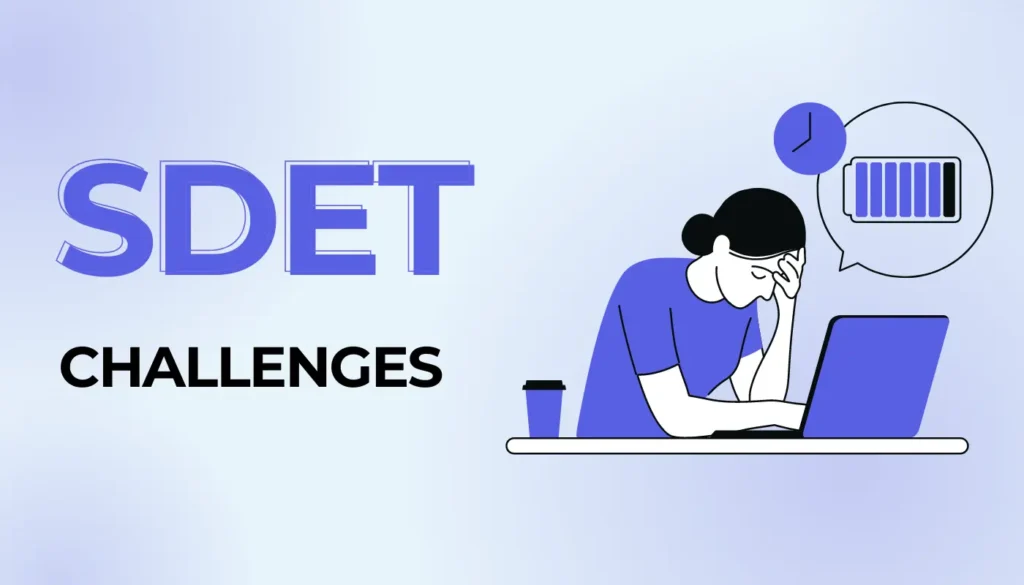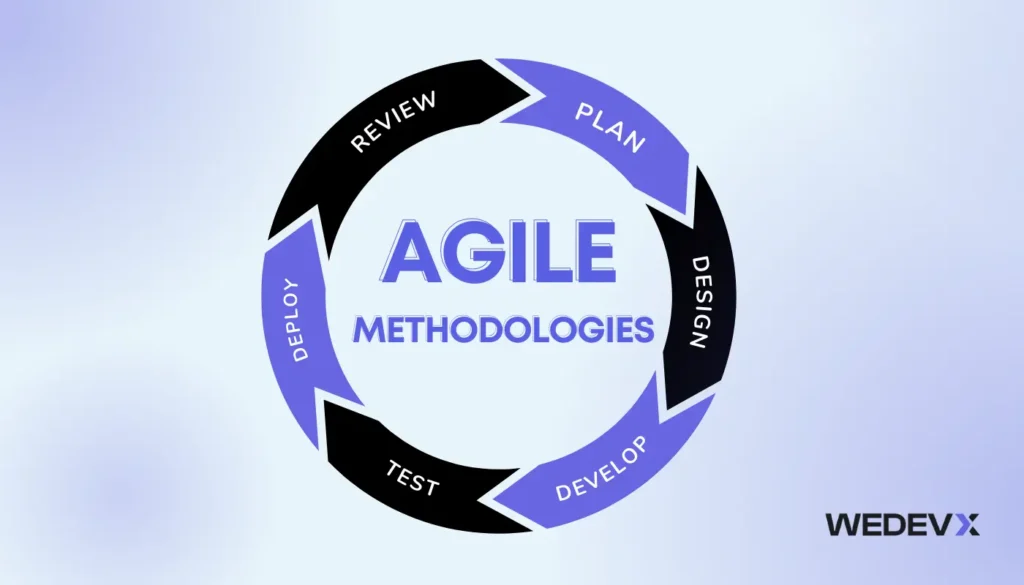Agile methodologies involve iterative development, adaptive planning, and continuous improvement to quickly respond to changes.
Quality assurance and quality control are two different yet important aspects of software development. Both help ensure the reliability of the development process and the integrity of the final product.
We can say that QA builds quality and QC verifies quality. Let’s find out in detail how QA and QC differs and why they matter.
Aspect | Quality Assurance (QA) | Quality Control (QC) |
|---|---|---|
Focus
| Preventive measures to ensure quality throughout the process
| Reactive measures to identify and fix defects
|
Objective
| Ensures that processes are in place to deliver quality
| Verifies that the product meets specified requirements
|
Timing
| Implemented throughout the software development lifecycle
| Conducted after development, during testing
|
Responsibility
| Shared responsibility across the entire team
| Primarily the responsibility of testing teams
|
Activities
| Establishes standards, reviews, process audits
| Covering testing, inspections, peer reviews
|
Goal
| Early defect prevention, process improvement
| Identifying and correcting defects before release
|
Scope
| Broader as it covers the entire development process
| Narrow, focused on specific product components
|
Metrics
| Process metrics (defect density, efficiency)
| Product metrics (defect counts, test coverage)
|
Outcome
| Improved processes, fewer defects
| Identification and correction of defects
|
Tools
| Process management tools (e.g., Jira, Trello)
| Testing tools (e.g., Selenium, JUnit)
|
Essential Agile Principles
As mentioned previously, agile methodologies feature numerous principles that enhance customer collaboration and allow you to respond to the latest changes. In this way, you will be able to deliver enhanced working software solutions. These principles form the foundation for agile project management.
1 – Customer Satisfaction
Agile methodologies always ensure that customer satisfaction is the foremost priority of the software development lifecycle. By delivering the software increments early and consistently, you can ensure positive feedback throughout the project lifecycle. Agile principles help you to break down the larger processes into smaller segments which ultimately lead you to accomplish them on time to get the desired outcomes.
2 – Embracing Change
Agile methodologies also consider the importance of the latest marketing trends and changes. Thus, they offer immense flexibility to enhance the final product’s quality. Instead of resisting the overall changes, agile teams work to integrate them into the already developed infrastructure to make sure that they can adapt to the latest marketing changes and incorporate technological advancements.
3 – Delivering Working Software Frequently
Continuous delivery of the software product is the primary purpose of agile methodologies. It enables the teams to follow essential procedures and collect essential feedback from various individuals and stakeholders. Agile teams work to eliminate the risks associated with deployment at larger scales. Moreover, it guarantees software development and delivery regularly that will meet the requirements of the targeted audience.
4 – Collaboration between Business and IT
Effective collaboration is also essential for high-end software products. Agile methodologies focus on enhancing the communication between IT professionals and business stakeholders so they can share critical insights to understand different perspectives of the whole development lifecycle. Agile teams can align their efforts with organizational goals to bring innovation and develop user-friendly solutions.
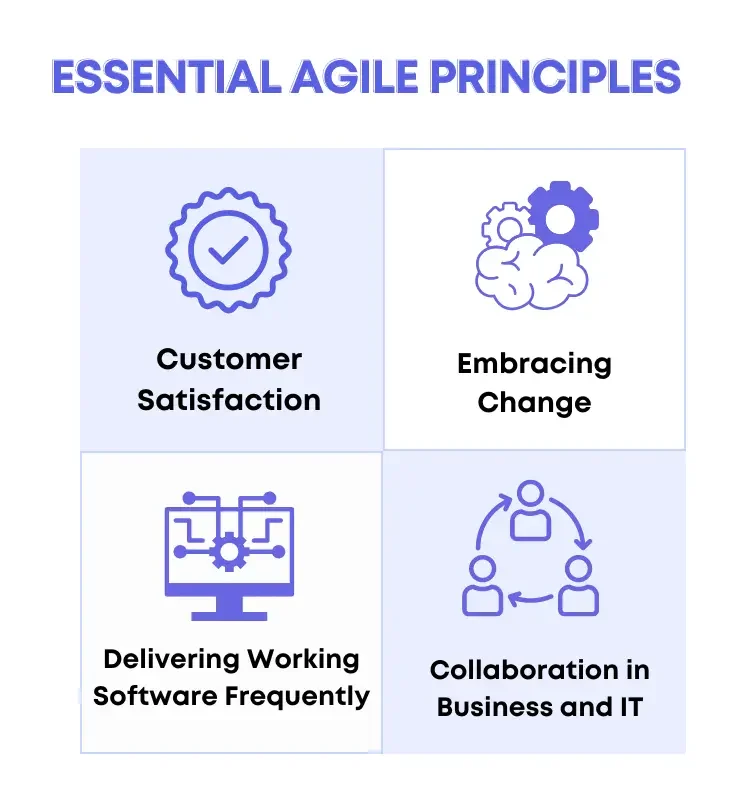
Don't know where to start your tech career?
We are here for you! Schedule a free call with our consultant for personalized advice on achieving your learning goals
Key Practices in Agile Methodologies
Agile methodologies feature a comprehensive set of practices and frameworks that are designed specifically to guarantee smooth development and continuous improvement. Also, it ensures cross-functional teamwork. It is important to understand and implement key practices that are essential for IT project management. We have detailed some of them in the following section.
1 – Scrum Framework
Scrum is one of the most popular agile frameworks that can emphasize the short development cycles called sprints. Also, it is helpful in daily stand-up meetings and building quality products. Scrum is primarily helpful in organizing cross-functional teams and promoting transparency among them to achieve the targeted goals. Also, it guarantees accountability and rapid delivery of high-quality software.
2 – Kanban Methodology
Kanban is another key practice in agile methodologies as it enables teams to visualize the workflow to identify potential flaws and work to improve them. While they limit the work in progress (WIP) and optimize the flow of tasks, the time to shape the idea into the deliverable product reduces to a greater extent. Moreover, kanban helps in utilizing the available resources quite efficiently to ensure the timely delivery of software.
3 – Extreme Programming
Extreme programming is mainly responsible for different engineering practices including the likes of test-driven development, continuous integration, pair programming, and collective code ownership. Also, it prioritizes simplicity and ensures the incorporation of the latest changes that will maintain the quality and result in quick adaptation to modern requirements. Moreover, it focuses on building a collaborative environment.
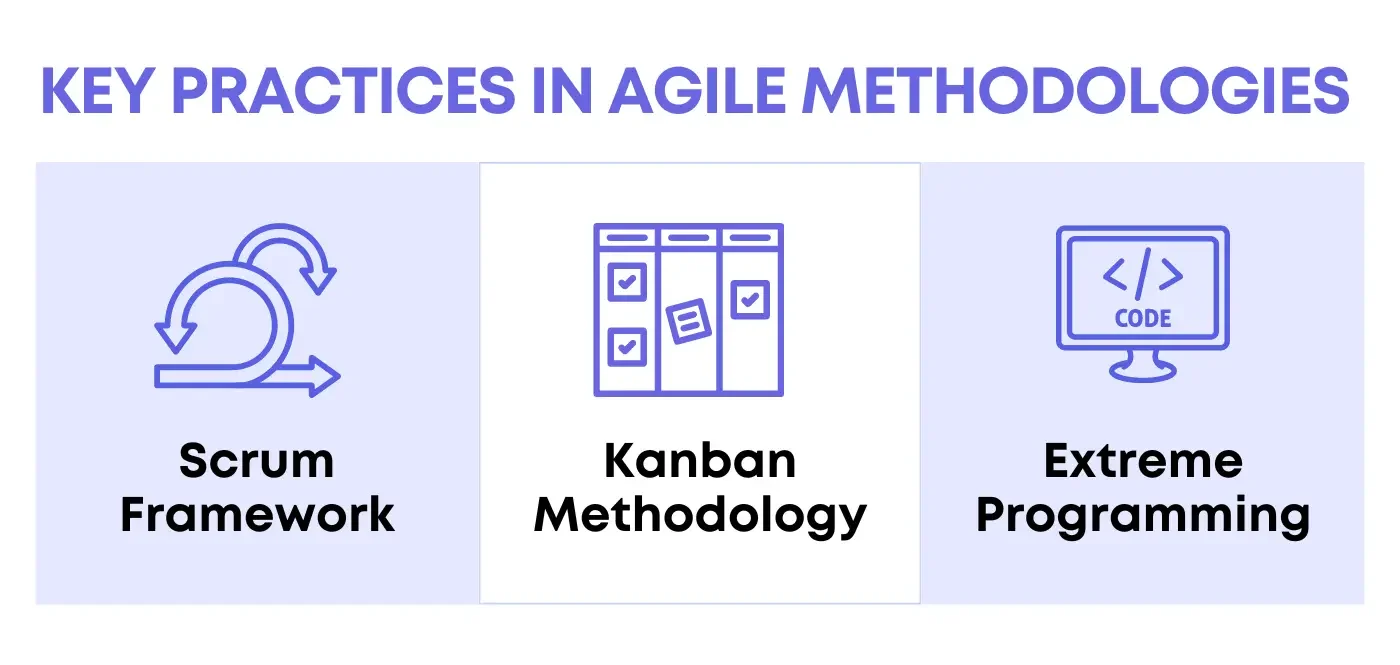
Strategies for Successful Agile Implementation
In the previous section, we have elaborated on the key practices in agile methodologies. While understanding them is mandatory, successful implementation requires following a comprehensive strategy. It involves careful planning and aligning the strategies with the organization’s goals. Ultimately, it will bring all the best possible outcomes. In the under-section, we have explained some points that will highlight some of the critical strategies, helping you to overcome different challenges and maximize the effectiveness of agile practices.
1 – Establish Clear Goals and Metrics
Firstly, it is important to set clear goals to define the measurable success criteria. Also, it helps in the establishment of the key performance indicators that will help you track the progress of your project. By aligning the agile practices with the desired goals, IT project managers can focus on enhancing the values as well as ensuring accountability and continuous improvement.
2 – Enhance Collaborative Culture
Secondly, you must create a collaborative work environment that can help in bringing innovation in the software development methods. By emphasizing engagement among team members, you will be able to encourage them to communicate openly with each other and share their insights. WeDevX focuses on improving the students’ communication skills in its ultimate SDET course besides providing them with insights into the tech skills. In this way, they can play their role in bringing sustainable results.
3 – Embrace Continuous Learning and Adaptation
Agile methodologies are not always the same as they evolve with new marketing changes and technological advancements. IT project managers should encourage a growth mindset and share essential insights for better outcomes. The WeDevX community features the world’s most experienced tech experts who share their knowledge in online discussion sessions as well as during course classes.
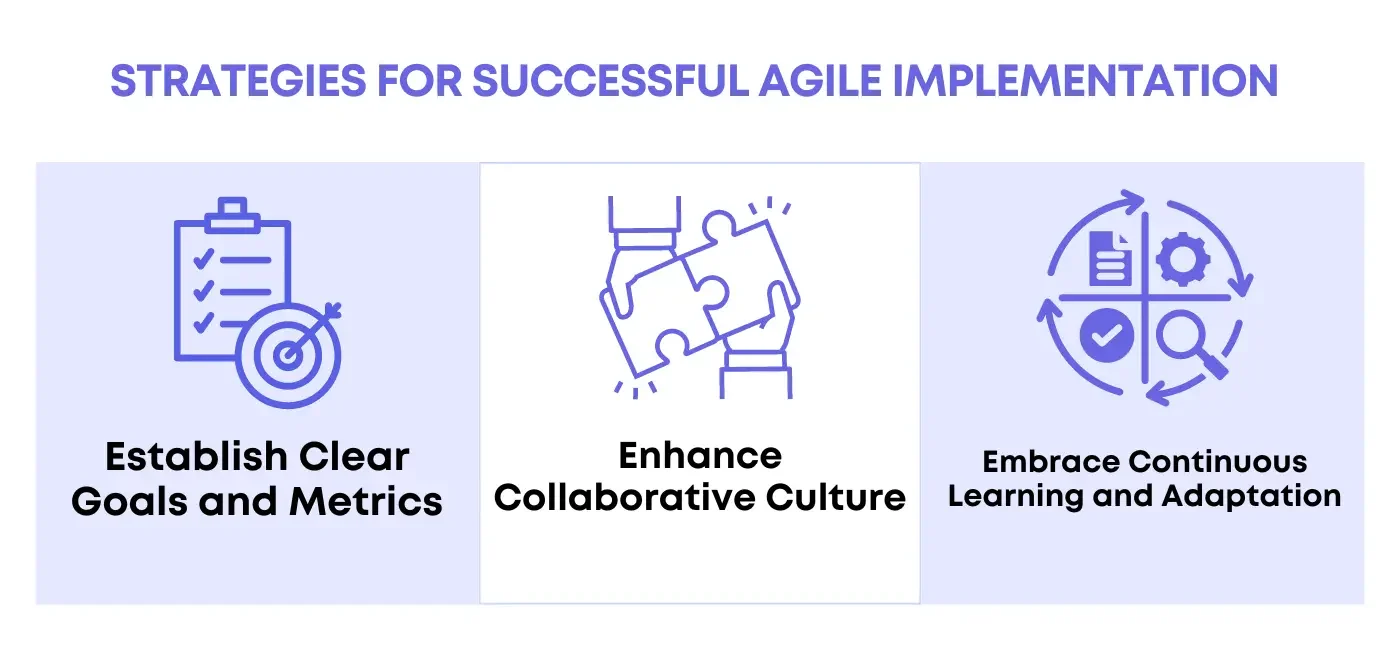
Final Verdicts
These are the strategies or tactics that you can follow to master the art of agile methodologies. In this highly competitive landscape, following the principles of agile practices can help you enhance customer collaboration and build a culture of continuous improvement. Therefore, you must leverage these strategies as they will lead you to bring innovation, adaptability, and sustained growth in your software development lifecycle. WeDevX is a unique educational institution in this context as it educates its students on agile practices in its high-quality SDET course.
